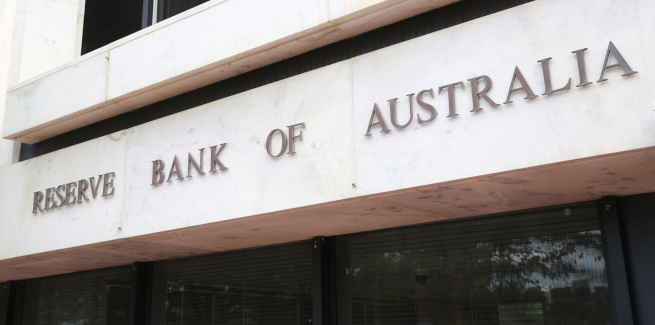AMP Capital chief economist Shane Oliver has questioned the “hawkish” rhetoric expressed by Reserve Bank of Australia (RBA) governor Philip Lowe in his address to the House of Representatives standing committee on economics.
Mr Oliver said he was surprised by the continued expectation for GDP growth to pick up to 2.75 per cent this year and a perceived lifting of the “hurdle” for further cuts to the cash rate.
The economist reiterated that the RBA has downplayed the ongoing bushfire crisis and the continued coronavirus threat.
“While the bushfires and coronavirus mainly pose a short-term threat to growth, a full recovery will likely take longer than the RBA is assuming, and they come at a time when confidence was already fragile,” he said.
“[We] continue to see growth through this year as being closer to 2 per cent as opposed to the RBA’s 2.75 per cent [target].”
Mr Oliver added that governor Lowe’s remarks before the standing committee on economics suggests that the central bank has revised up its monetary policy strategy in light of stronger than expected labour market data.
In doing so, however, the RBA has not accounted for continual weakness in other economic indicators, according to the economist.
“The RBA’s hurdle to cutting rates now looks to be ‘if the unemployment rate were to be moving materially in the wrong direction’ (i.e. up) and there was ‘no further progress being made towards the inflation target’,” Mr Oliver observed.
“What about the huge pool of underemployed and the RBA’s own estimate that [non-accelerating inflation rate of unemployment] or full employment is now around 4.5 per cent, which is well below the current level of 5.1 per cent? And we haven’t been making progress towards the inflation target for years now.”
Mr Oliver said that irrespective of the RBA’s revised “hurdle”, he continues to expect a rise in employment that would trigger further easing.
“In our view, with growth likely to be weaker than the RBA expects, unemployment is likely to drift up a bit, underemployment is likely to remain very high and wages growth and inflation are likely to remain lower for longer,” he said.
“All of which will result in little progress towards the RBA’s full employment or inflation goals. In fact, the RBA’s latest forecasts imply little such progress anyway.”
He continued: “Governor Lowe’s comment in his parliamentary testimony that ‘to get inflation up to 2.5 per cent in two years’ time, we’d have to have interest rates 3 or 4 percentage points lower than where we are now’, questions whether the RBA’s inflation objective will be achieved at all, because the longer we stay below target, the more sub-target inflation will become entrenched.
“Something will have to give.”
The AMP economist stated that in the absence of fiscal stimulus from the government, the RBA would cut the cash rate to 0.25 per cent in the coming months before pursuing quantitative easing.
“We continue to see further rate cuts in the months ahead with a high chance that quantitative easing will be required, despite governor Lowe saying that ‘it is not on our agenda at the moment’,” Mr Oliver noted.
[Related: RBA weary of rate-driven mortgage boom]
 ;
;
Comments (0)